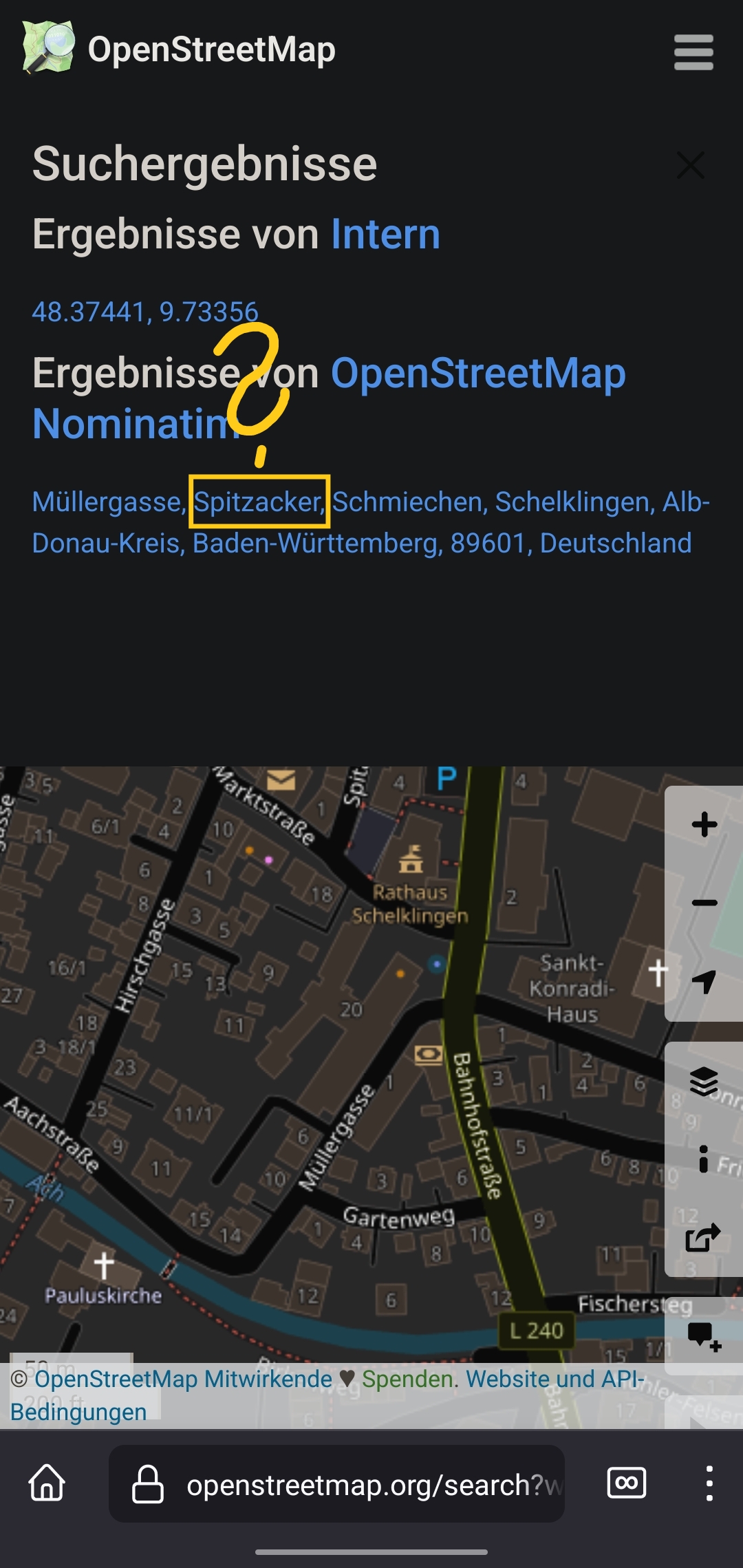this post was submitted on 13 Aug 2023
9 points (100.0% liked)
OpenStreetMap community
5133 readers
16 users here now
Everything #OpenStreetMap related is welcome: software releases, showing of your work, questions about how to tag something, as long as it has to do with OpenStreetMap or OpenStreetMap-related software.
OpenStreetMap is a map of the world, created by people like you and free to use under an open license.
Join OpenStreetMap and start mapping: https://www.openstreetmap.org/.
There are many communication channels about OSM, many organized around a certain country or region. Discover them on https://openstreetmap.community/
https://mapcomplete.org/ is an easy-to-use website to view, edit and add points (such as shops, restaurants and others)
https://learnosm.org/en/ has a lot of information for beginners too.
founded 5 years ago
MODERATORS
you are viewing a single comment's thread
view the rest of the comments
view the rest of the comments


I have to add that the example shown in the screenshot is a random location so I'm not familiar with that village.
But that highlighted portion is not part of the postal address. And it's not listed under enclosing features (so no Verwaltungsgrenze, Bezirksgrenze or similar).
I agree it seems to be something historical but I see it in lots of locations and I think it's odd to include historic names in the address query by default, isn't it?